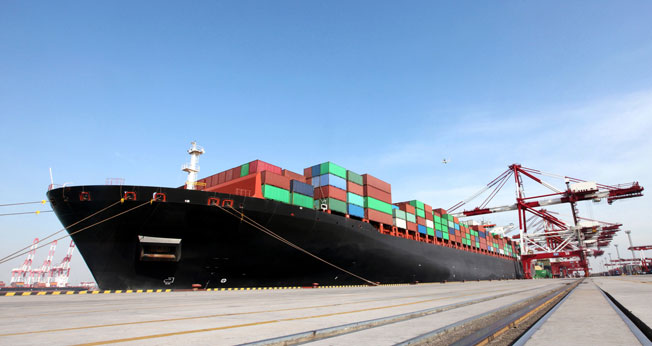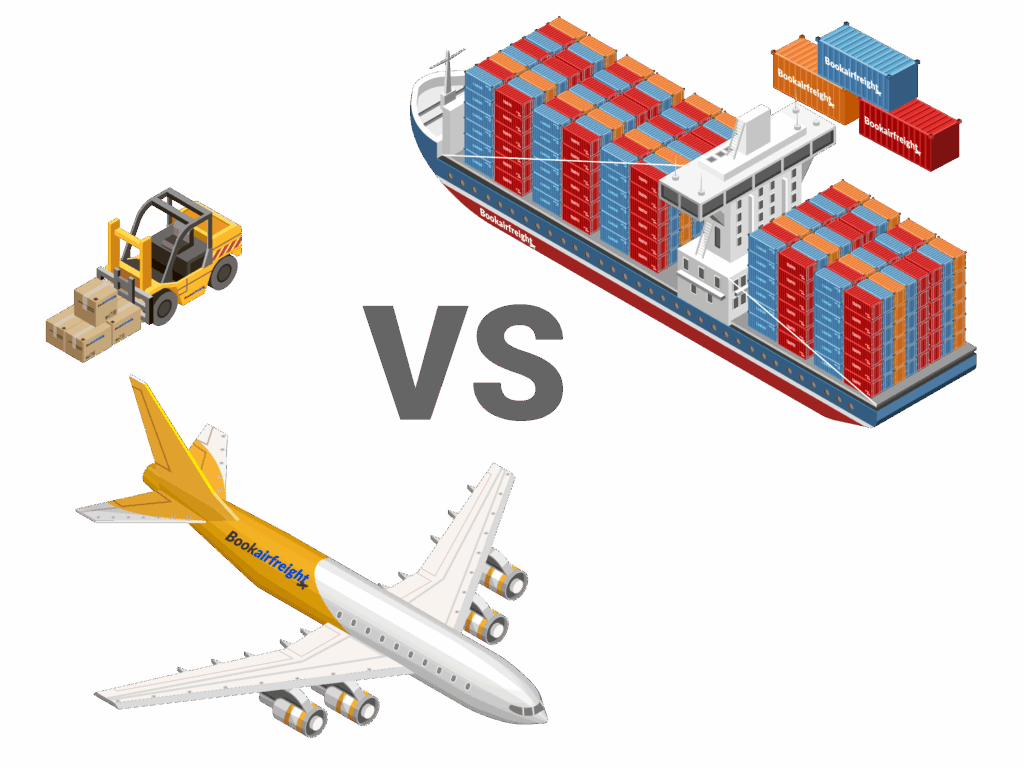- By TOP CHINA FREIGHT
- September 11, 2025
- Shipping
Table of Contents
China to Philippines shipping is a vital trade route for businesses importing electronics, apparel, machinery, and consumer goods. Understanding shipping options, costs, and regulations ensures timely deliveries while optimizing supply chain efficiency. This guide breaks down shipping methods, transit times, customs procedures, and practical strategies to manage shipments effectively.

What shipping methods are available from China to the Philippines?
Shipping from China to the Philippines offers multiple transport methods:
| Method | Transit Time | Cost Range | Pros | Cons |
|---|---|---|---|---|
| Sea Freight (FCL) | 10–20 days | $1,200–$2,500 per 20ft | Cost-effective for bulk cargo | Slower, port congestion possible |
| Sea Freight (LCL) | 12–25 days | $50–$150 per CBM | Suitable for small shipments, lower upfront cost | Longer transit, cargo consolidation required |
| Air Freight | 3–7 days | $5–$10 per kg | Fast, ideal for urgent cargo | Expensive, weight and volume limitations |
| Express Courier | 1–5 days | $10–$20 per kg | Door-to-door, minimal paperwork | High cost for large shipments |
How much does shipping from China to the Philippines cost?

Shipping costs fluctuate based on:
- Route and carrier selection
- Cargo volume and weight
- Seasonality and demand
- Customs fees and local taxes
| Cargo Type | Sea Freight (FCL) | Sea Freight (LCL) | Air Freight |
|---|---|---|---|
| Electronics | $1,500 | $100 per CBM | $7 per kg |
| Apparel | $1,300 | $80 per CBM | $6 per kg |
| Machinery | $2,200 | $120 per CBM | $9 per kg |
Costs also depend on fuel surcharges, port fees, and currency fluctuations, which businesses should monitor regularly.
How long does shipping take from China to the Philippines?
| Shipping Method | Typical Transit Time | Notes |
|---|---|---|
| FCL Sea Freight | 10–20 days | Depends on port congestion and route |
| LCL Sea Freight | 12–25 days | Includes consolidation time |
| Air Freight | 3–7 days | Fastest option, ideal for high-value cargo |
| Express Courier | 1–5 days | Includes customs clearance and delivery |
Transit time may vary due to weather, port congestion, and customs processing. Planning ahead reduces delays.
Which ports are commonly used in China to Philippines shipping?
| Chinese Port | Philippine Port | Notes |
|---|---|---|
| Shanghai | Manila | Major trade lane, frequent sailings |
| Shenzhen | Cebu | Popular for electronics and e-commerce |
| Ningbo | Davao | Serves southern Philippines |
| Guangzhou | Subic | Efficient for bulk cargo |
Selecting the optimal port reduces transit time and handling costs.
How do customs regulations affect shipping?
Compliance with Philippine customs is essential to avoid delays or fines. Key documents include:
| Document | Purpose | Issued By |
|---|---|---|
| Bill of Lading | Proof of shipment | Carrier |
| Commercial Invoice | Declares cargo value | Exporter |
| Packing List | Cargo details | Exporter |
| Certificate of Origin | Confirms product origin | Chamber of Commerce |
| Import Declaration | Customs clearance | Philippine Bureau of Customs |
Additionally, paying applicable duties, VAT, and other taxes ensures smooth customs clearance.
How to optimize shipping from China to the Philippines
Reduce costs by grouping smaller shipments.
Match transit time with urgency and budget.
Avoid peak season surcharges and container shortages.
Track pricing trends to plan cost-efficient shipments.
They handle documentation, insurance, and route optimization.
Air vs Sea Freight: Which is better?

| Aspect | Air Freight | Sea Freight |
|---|---|---|
| Speed | 3–7 days | 10–25 days |
| Cost | High ($5–$10 per kg) | Low ($50–$150 per CBM) |
| Cargo Type | High-value, urgent | Bulk, heavy, or oversized |
| Reliability | High for schedule-sensitive cargo | Moderate; affected by congestion |
Air freight is preferred for electronics or urgent shipments, while sea freight is ideal for bulk goods or non-urgent deliveries.
What are common challenges in China to Philippines shipping?
- Port congestion and delays
- Fluctuating shipping costs due to demand and fuel prices
- Customs clearance issues
- Limited capacity for certain routes or cargo types
- Weather-related disruptions
Forwarders can mitigate these challenges with proactive planning, tracking tools, and diversified routes.
How forwarders help manage shipping costs
Professional freight forwarders provide:
- Cargo consolidation to reduce per-unit costs
- Route optimization based on freight index trends
- Documentation support for customs
- Real-time shipment tracking
Case Example:
A Manila-based retailer imported electronics from Shenzhen. By consolidating three smaller shipments into one FCL container and scheduling based on freight trends, the retailer saved 20% on total shipping costs and avoided port delays.
Digital tools for tracking shipments
Modern forwarders provide digital solutions:
- Online tracking dashboards
- Automated shipment alerts
- Historical data for cost forecasting
- Predictive analytics for supply chain planning
Using these tools, businesses gain visibility and control over delivery schedules.
Conclusion
Shipping from China to the Philippines involves balancing cost, speed, and reliability. Understanding shipping options, transit times, and customs requirements allows businesses to make informed decisions. Leveraging professional forwarders, monitoring the freight index, and consolidating cargo can significantly reduce costs and improve supply chain efficiency. For timely and cost-effective delivery, partner with experienced logistics providers who offer visibility, documentation support, and optimized routes.
Need a Shipping Quote?
If you want expert guidance and peace of mind, our team is ready to assist.
TJ China Freight offers tailored solutions to help businesses of all sizes ship more reliably from China.

FAQ
Q1:How much does China to Philippines shipping cost for small shipments?
LCL shipments typically cost $50–$150 per CBM, depending on cargo type, port, and season. Consolidation reduces costs for small businesses.
Q2:Which shipping method is fastest to the Philippines?
Air freight takes 3–7 days and is ideal for urgent or high-value shipments, though it is more expensive than sea freight.
Q3:What documents are needed for customs?
Essential documents include Bill of Lading, Commercial Invoice, Packing List, Certificate of Origin, and Import Declaration for smooth clearance.
Q4:Can freight forwarders reduce shipping costs?
Yes. Forwarders consolidate shipments, choose optimal routes, and leverage freight index trends to minimize costs while ensuring timely delivery.
Q5:How long does sea freight take from China to Manila?
FCL shipments generally take 10–20 days, while LCL may take 12–25 days due to consolidation and handling.
